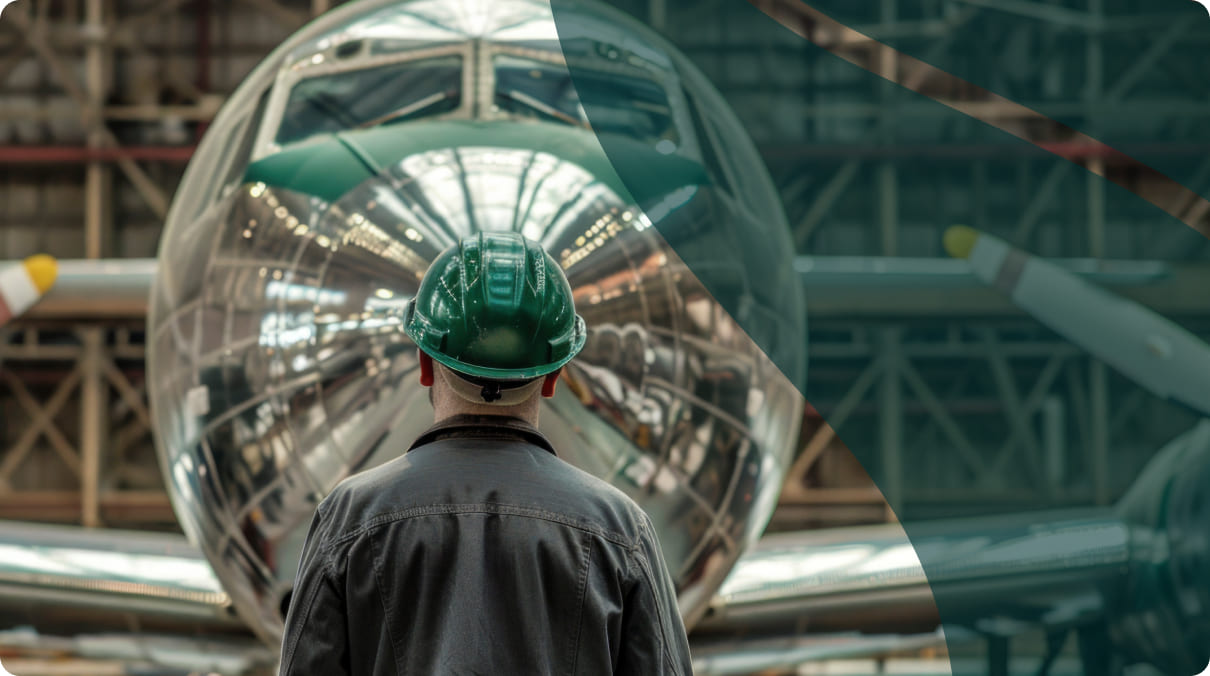Feathers, Fins, and Fuel Efficiency: Biomimicry’s Promise for Aviation

In the quest for greener skies, engineers are turning to nature’s most accomplished aviators.
For over a century, humans have conquered the skies with hulking metal tubes powered by fossil fuels. But as climate change looms and fuel prices soar, the aviation industry finds itself at a crossroads. The solution to their woes, it turns out, may have been flying alongside us all along.
Welcome to the age of biomimicry in aviation, where the lowly pigeon might hold the key to the future of air travel.
Nature’s Engineers Take Flight
Airbus, the European aerospace giant, is leading this feathered revolution. Their engineers are no longer content with merely observing nature; they’re replicating it. The result? A fusion of biology and technology that promises to reshape our very concept of flight.
Consider the shark, master of hydrodynamics. Its skin, covered in microscopic riblets, slices through water with minimal resistance. Airbus has adapted this design for the air, creating surfaces that whisper through the atmosphere, dramatically reducing drag and fuel consumption.
But the innovations don’t stop at the individual aircraft. Geese, with their iconic V-formation, have inadvertently been demonstrating the principles of wake energy retrieval for millennia. Now, Airbus is testing similar formations with commercial aircraft, potentially slashing fuel use by up to 10% per trip. It’s a strategy that transforms the crowded skies from a logistical nightmare into an energy-saving opportunity.
Long-Distance Champions and Aquatic Inspirations
The albatross, capable of gliding for hundreds of miles without a single wing flap, is teaching us about efficient long-distance travel. As we study these natural designs, we inch closer to trans-oceanic flights that sip fuel rather than guzzle it.
Even the structure of aircraft is being reimagined through nature’s lens. Bird bones, hollow yet incredibly strong, are inspiring new materials that could make planes lighter and more resilient than ever before. And in a twist that would make Jules Verne proud, jellyfish are informing new propulsion systems that could have planes ‘swimming’ through the air with unprecedented efficiency.
A New Era of Flight
This biomimetic approach isn’t just about marginal gains; it’s a complete paradigm shift in aviation design. Imagine boarding a plane with a ribbed exterior, shape-shifting wings, and a propulsion system more reminiscent of marine life than anything you’d expect to see in the sky. This isn’t the stuff of science fiction—it’s the blueprint for aviation’s sustainable future.
As the industry grapples with mounting pressure to reduce its carbon footprint, these nature-inspired innovations offer more than just a path forward—they provide a glimpse into a future where air travel and environmental responsibility are no longer at odds.
The next time you gaze up at a passing airliner, remember: you’re not just witnessing a feat of human engineering. You’re observing the early stages of a revolution—one that’s been in the making for 150 million years, courtesy of nature’s original aviators.
In the race to conquer the skies, it seems we’re finally learning to fly with nature, not against it.
Get valuable insights about AI and business automation
Rely on Seraf, AI that consolidates all your systems




